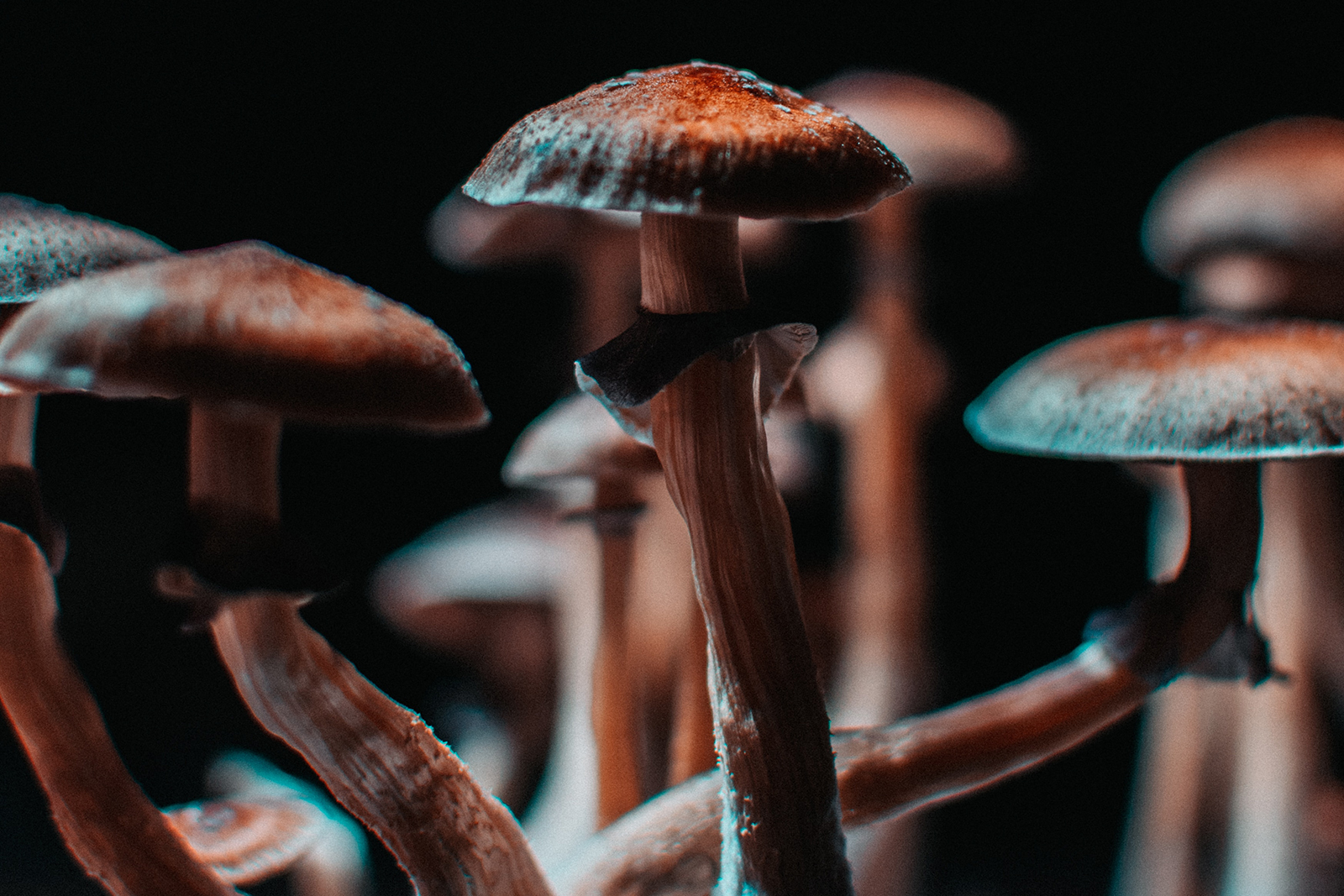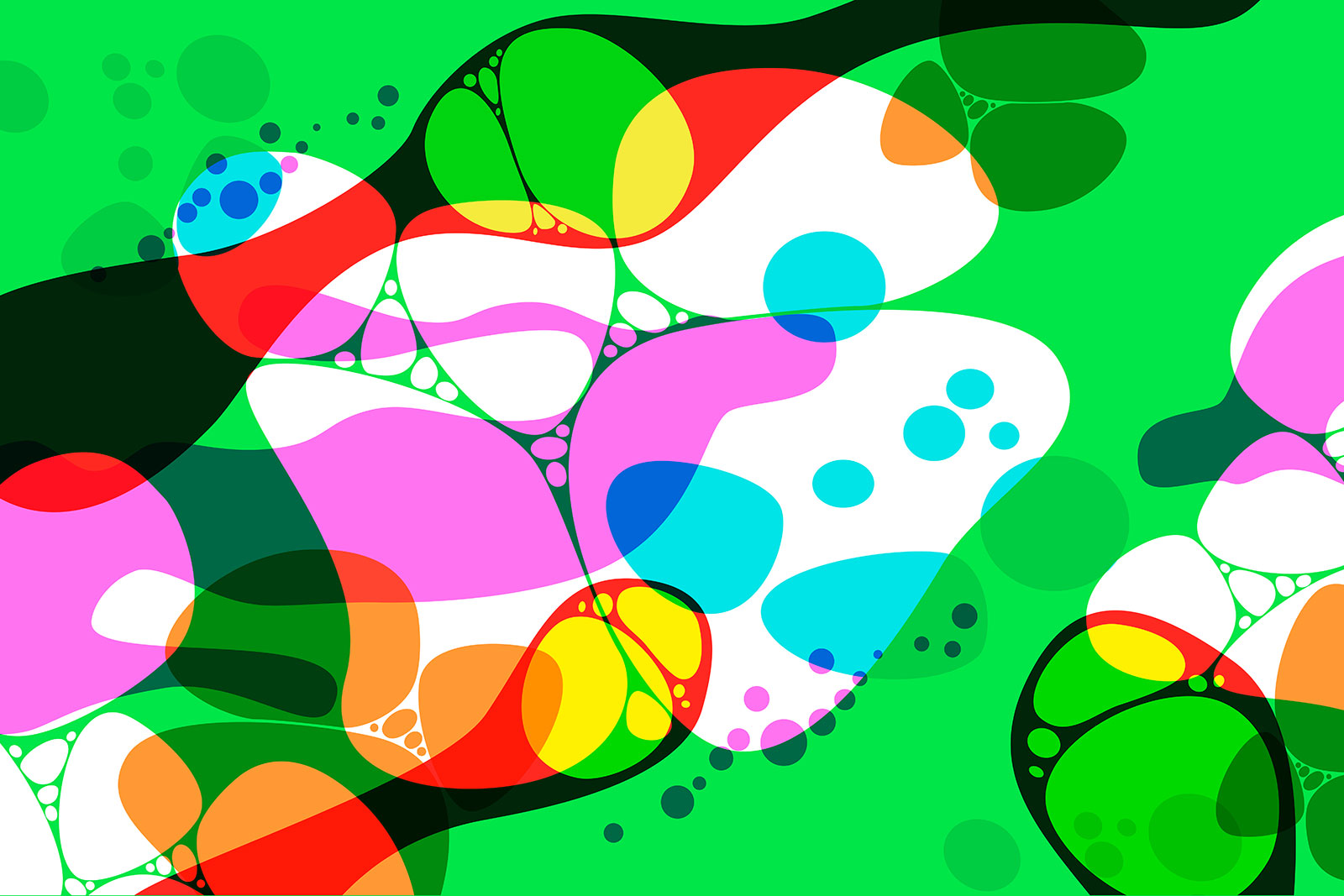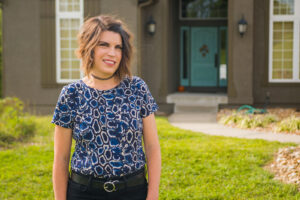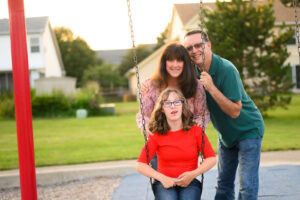“Anxiety makes my head a busier place than an airport with delayed flights,” says Thomas Hartle. “Most of those thoughts are things I can’t do anything about, and the degree of their interference in my life varies from stealing moments [to] holding me hostage [because] I can’t handle even a little more sensory input. It feels like being alive but not living, and, at its worst, it feels like actively dying.”
In 2016, Hartle was diagnosed with stage IV colon cancer. He experienced debilitating anxiety following his life-threatening diagnosis and saw little success with most treatment methods. But when Hartle became the first Canadian to legally access psilocybin therapy, life became exponentially more bearable. “Psilocybin therapy turns the volume down on all that noise and truly makes it possible for me to live in the moment,” he says. “I can actually be present to do the things that are important to me.”
Psilocybin is a chemical compound found in certain species of mushrooms that produces variable mind-altering effects, including mild euphoria, changes in perception, increased empathy, and visual and auditory hallucinations. While “magic mushrooms” are a popular yet illegal recreational drug, growing scientific research into psilocybin and other psychedelic drugs is proving that they can provide more than just a fun — albeit perplexing — night between friends, but could help relieve some of the severe, negative emotional effects of cancer.

Research into psychedelic drugs isn’t new. Pioneered in the U.S. in 1950, research continued through the 60s and produced promising results about the potential for psychedelics, like LSD, MDMA and psilocybin, to treat things like substance addiction, anxiety and depression. However, in 1970, the U.S. government passed the Controlled Substances Act, thereby banning the use and research into psychedelics, for any purpose. Fortunately, psychedelic research was revived in the 1990s, and in the year 2000, researchers at Johns Hopkins University were the first to obtain federal approval in the U.S. to resume studies in healthy volunteers.
In 2019, Johns Hopkins launched a research center dedicated exclusively to the study of psychedelic drugs. The researchers at the Center for Psychedelic and Consciousness Research primarily study psilocybin to help treat a wide range of health issues, from smoking cessation to anorexia to Alzheimer’s disease, according to a 2020 article in Scientific American. Post-1970, these were the first researchers to revive psychedelic therapy studies for cancer patients, specifically in 2016. This study involved people with aggressive cancer and found that psilocybin could significantly decrease the patients’ rates of depression and anxiety, with 80 percent of trial participants reporting reduced depression and anxiety six months later.
Since then, research into psychedelics and the cancer community has only grown, and more oncologists are introducing their patients to psychedelic therapy as a way to treat the negative mental and emotional aspects of a cancer diagnosis. Dr. Manish Agrawal is at the forefront of this type of work. He is the founder and CEO of Sunstone Therapies, whose mission is to address the emotional effects of cancer. Agrawal has been practicing oncology for more than 20 years, and during that time, he realized treating the mental and emotional side of a diagnosis is just as important as the physical.
“A growing realization as an oncologist was this was a huge unmet need that [emotional effects are] impacting the quality of life more than the cancer treatment,” Agrawal says. As a principal investigator for one of the more than 90 active clinical trials involving psilocybin, he believes psychedelic therapies can help reduce the death-anxiety many cancer patients feel, especially given the current lack of relevant resources.
Agrawal offers a real-life example of how psychedelic therapy helped one of his patients: a patient was having trouble managing the emotional weight of knowing his four children may have to grow up without a father. The patient’s relationship with his mother was also strained, as they could no longer enjoy spending time together because they were so focused on how it might be cut short.
For these reasons, Agrawal’s patient was a good candidate for psychedelic therapy. Agrawal’s sessions include administering a single dose of psilocybin with accompanying therapy before and after the experience — the talk therapy offers emotional support to help wrestle with the big feelings that come from the drug’s effects. “[Psilocybin] enters people into this altered state of consciousness, and they’re able to see material or step outside of themselves,” Agrawal says. The first step, which Agrawal calls preparation, prepares the patient for what the experience may feel like and helps build the patient’s trust in the therapist, the process and themselves. Difficult emotions will rise and can be worked through with proper emotional support, he says.
During the session, the patient will first talk with this therapist about an intention — what do they hope to get out of this? — then they are given eyeshades and typically lie down on a comfortable sofa, with light music playing in the background. The whole session lasts about eight hours, but the patient will start feeling the effects of psilocybin about 30 minutes after it is administered, with peak effects occurring between three and four hours in, says Agrawal.
The therapist is with the patient the whole time, and once the effects have totally worn off, the patient will have a little food and talk with the therapist about the experience. Once they’re feeling grounded, they go home. The last step, called integration, takes place one or a few days later and helps the patient make sense of the experience. “[This step helps] make meaning of what they saw, what they experienced and how they [can] integrate it into their life so they feel more fulfilled and can make the changes they need to,” Agrawal says.
Agrawal says the case of the father mentioned above was successful. During his session, the patient envisioned himself as a tree — “Even though he was a tree that was dying or had died, there were still branches, and the kids were still playing on it,” Agrawal says. “He got the sense that even though he wouldn’t be there physically, [he] would always be part of their life.” Agrawal says the patient went home after his session, and almost immediately had the opportunity to talk with his seven-year-old son about his cancer and mortality.
“Before, he may not have engaged in that conversation,” Agrawal says. “They were really able to talk about it, that he might die [and] what it would be like if he was gone.” The patient was also able to share the therapeutic experience with his mother, and they were able to reestablish what cancer had taken away. Agrawal says that the patient was able to tell his mother, “Yes, the cancer is there, it’s unfortunate, but now we’re not enjoying our time together, [because] you’re so worried about me dying.” The psilocybin session didn’t change the patient’s physical condition, but allowed him to initiate painful, necessary conversations that come from a place of love and understanding, without overwhelming grief and tension.
[For] many of our patients […] they’re able to talk about their cancer, their diagnosis, about their fears amongst their friends and family, [which] leads to more awareness around this and it not being such a taboo subject. You get a sense from [the patient that] they don’t want to die, but they’re not so fearful about it.
As far as negative side effects of Agrawal’s psychedelic therapy sessions — there usually aren’t any, as long as patients have sufficient support and understanding of what to expect. Agrawal says that a little anxiety before the session is perfectly normal: “Taking a high-dose medication that’s going to allow you to explore your unconscious and deal with things that you’ve been trying to avoid would cause some anxiety.” The drug itself is safe — even exceedingly high doses, which would never be used in a therapeutic setting, don’t negatively affect organs like the liver and kidneys, according to Agrawal. “Compared to most of the drugs that we use in oncology, it’s a relatively safe drug on the body,” he says.
Doctors still aren’t entirely sure what is happening in the mind during a psilocybin therapy session. The sense of unity and mystical significance people experience can lead to lasting change in ways of thinking, according to Scientific American, which says the drug may “alter communication in brain networks.” But such overwhelmingly positive results should allow this type of therapy to become more widespread and easily available for cancer patients, especially with the help of people like Hartle. He advocates for psychedelic therapy because of how it improved his life, despite his struggle to access it in his home country of Canada. “All [the] difficulty I had to go through to get access is specifically the reason why I advocate so hard to get the therapy legalized,” he says. “It has not always been easy, so I am trying very hard to make the access simple for everyone else who needs it.”
Agrawal says that sooner rather than later, psilocybin and other psychedelic drugs could be FDA approved in the U.S. for clinical use. Already, in March of 2019, the FDA approved a nasal spray called esketamine (derived from the ketamine) for treatment of major depression. MDMA, commonly known as a party drug, could be FDA approved to treat post-traumatic stress disorder as early as 2024.
For cancer patients who think psychedelic therapy could offer a solvent to the emotional torment of a cancer diagnosis, things are looking up — Agrawal says he expects psilocybin to be FDA approved to treat anxiety and depression, in patients where conventional treatments have been ineffective, in the next two to five years.
Agrawal insists that grief is a normal part of the human experience, especially for those with limited time left, but that time does not have to be spent shrouded in darkness and emotional turmoil. Psychedelic therapy can help cancer patients find the light. “[Psychedelic therapy] allows me to make my time matter with my loved ones by focusing on the things I can do something about, instead of all the things that are out of my control,” Hartle says. “It also makes it easier for me to look for the lessons in this experience instead of focusing only on the adversity of it.”







